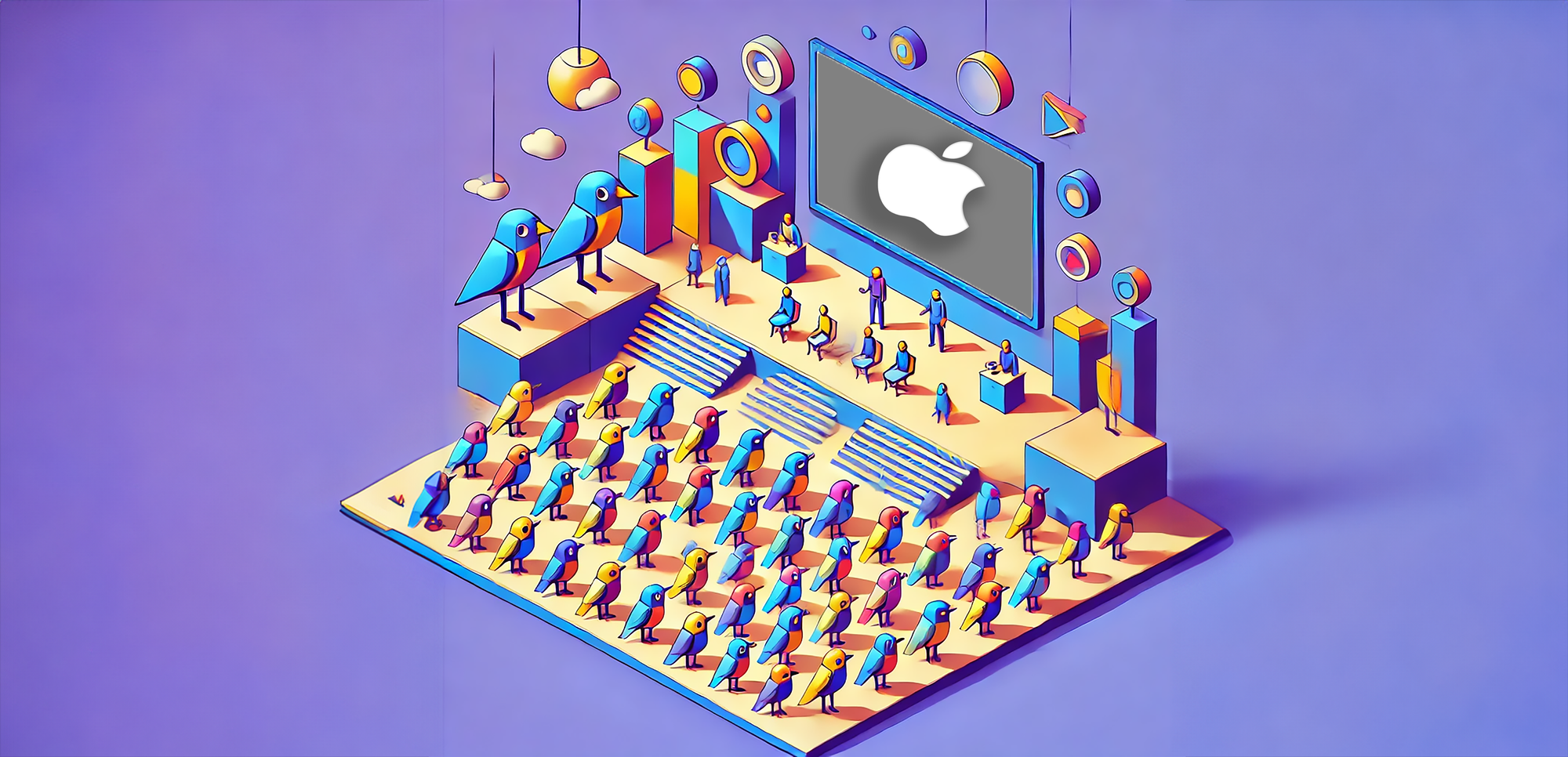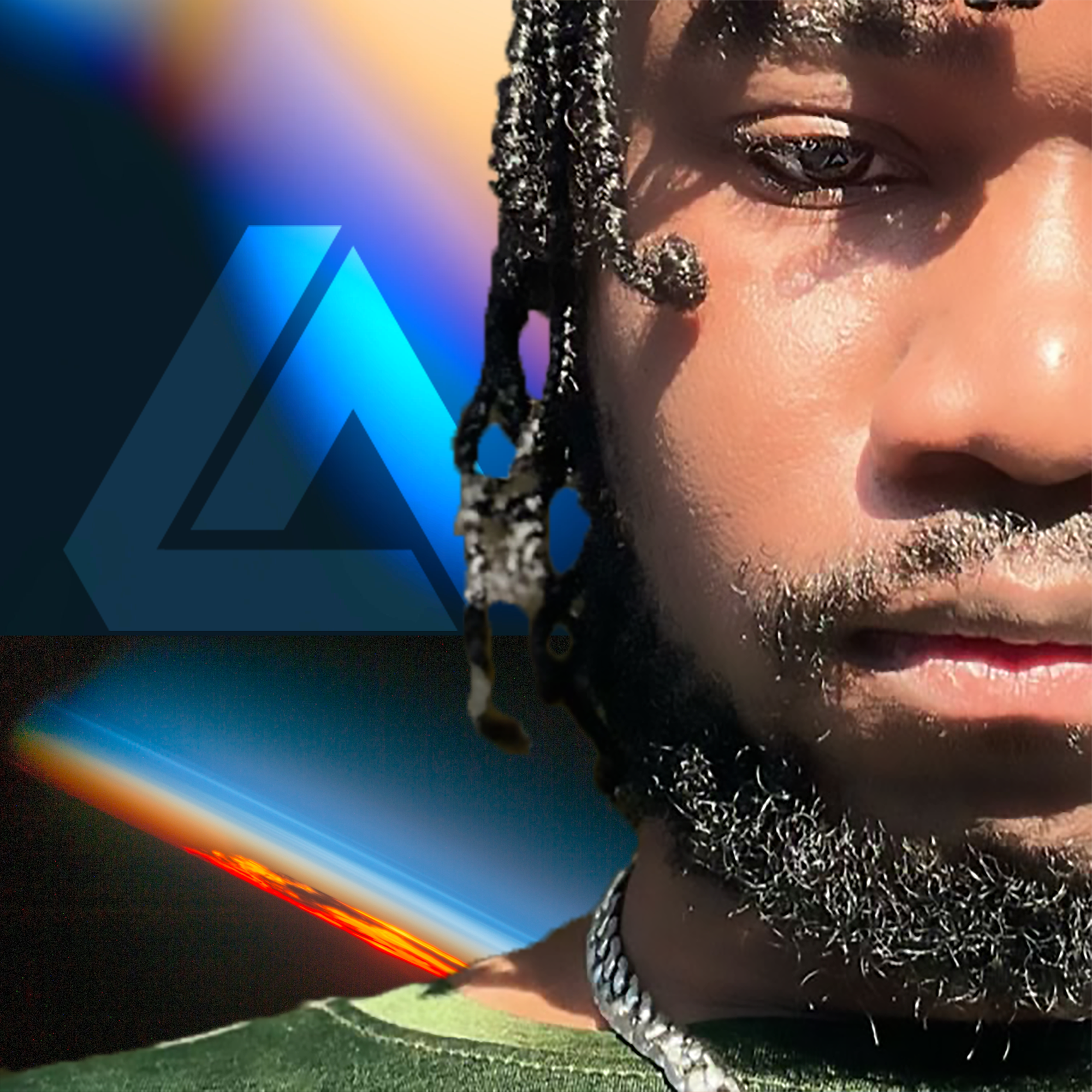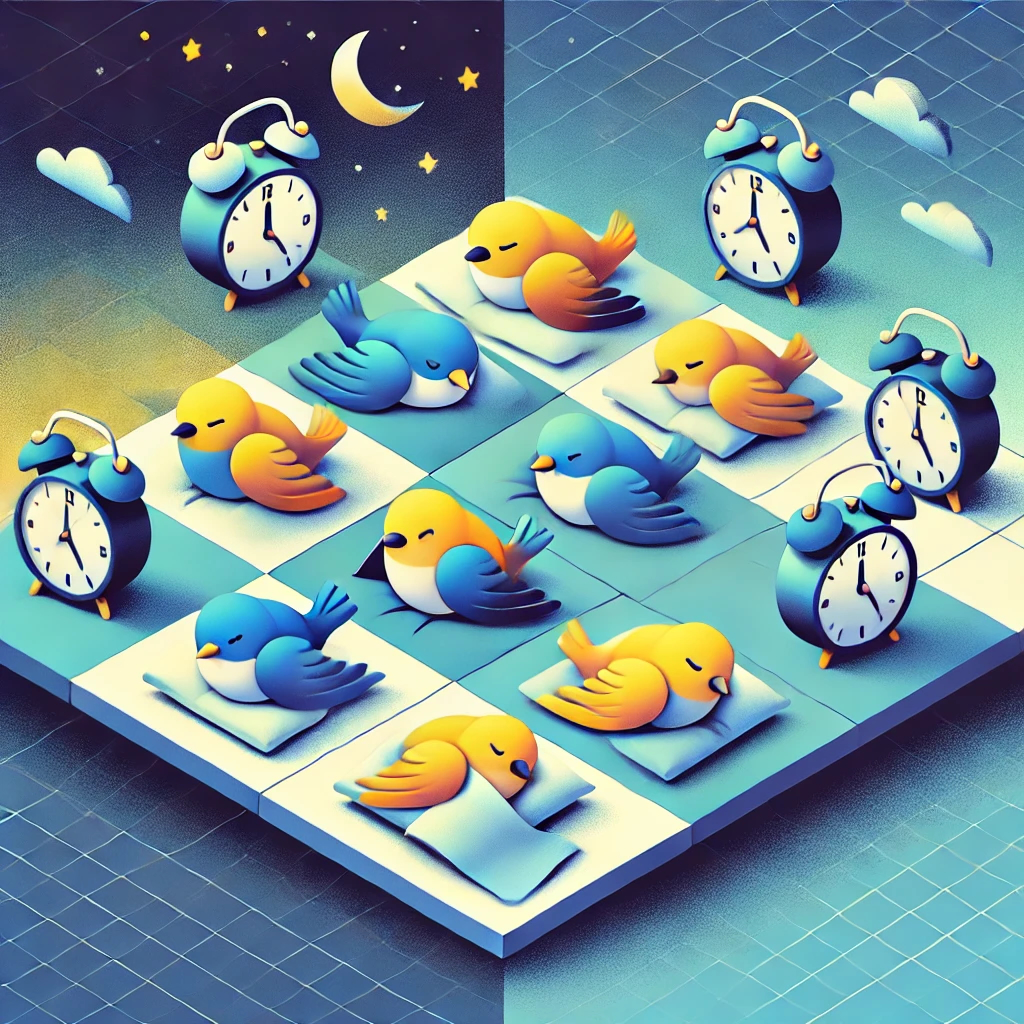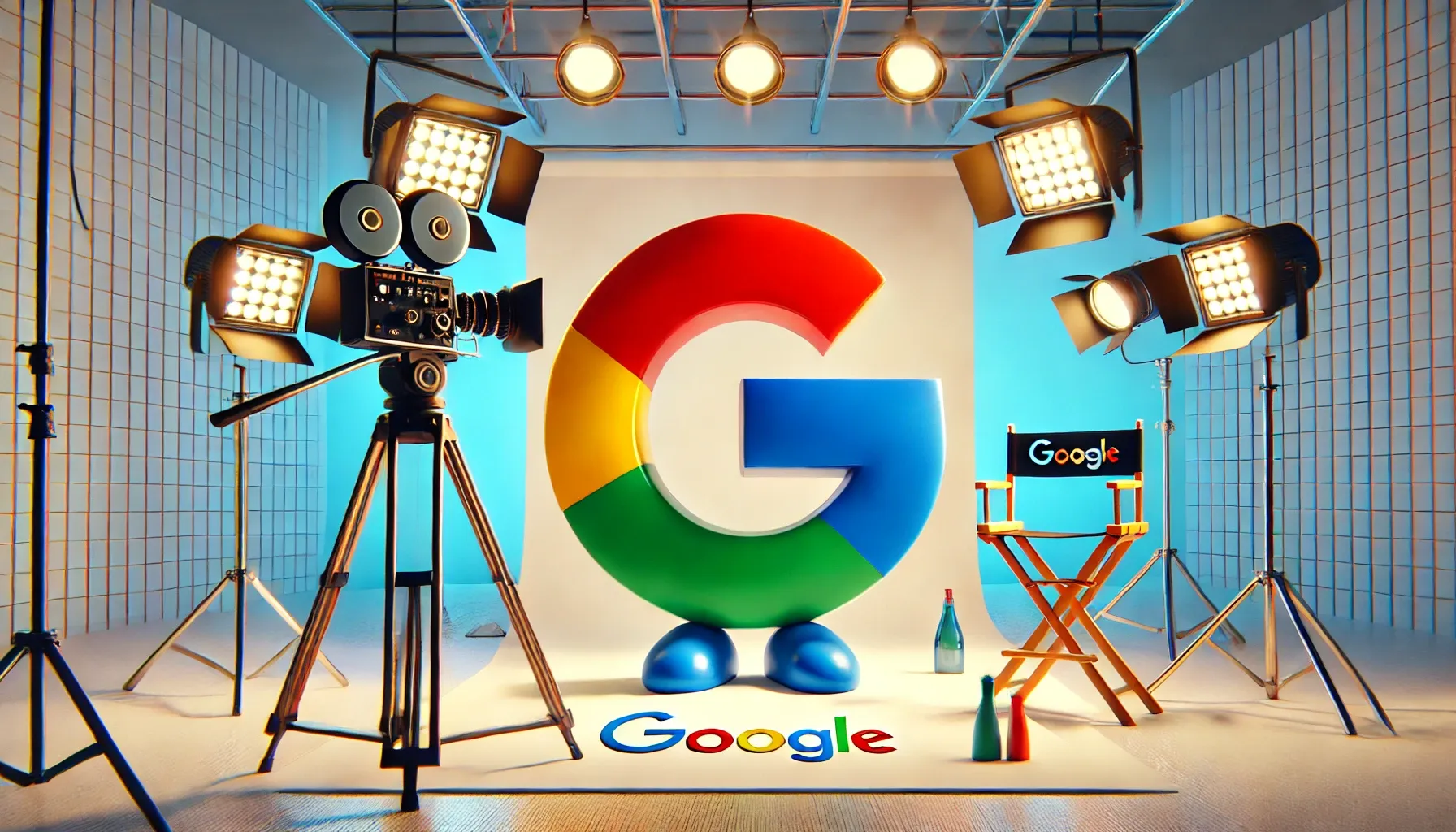Okay, so Apple’s latest event finally went down, and to be honest… it’s left a lot of people scratching their heads. The tech giant rolled out its new iPhone 16 lineup alongside some upgraded Apple Watches and AirPods, but it didn’t really land the way most expected. What should have been a groundbreaking event kinda turned into a “wait, what’s missing?” situation. Let’s talk about what happened, why the iPhone 16 seems a bit rushed, and whether Apple is losing its grip on innovation.
Where’s the AI? Apple Intelligence is MIA
Apple hyped up the iPhone 16’s new AI capabilities like crazy before the launch. They called it “Apple Intelligence,” and it was supposed to bring a ton of new AI-powered features like smarter Siri responses, generative email suggestions, and even adjusting the tone of your messages based on context. Sounds pretty neat, right? But here’s the kicker: almost none of these features are actually ready yet. Yup, you read that right. A big chunk of what was supposed to set the iPhone 16 apart from the competition is missing. The phone is out, but Apple Intelligence is still in beta and won’t be fully functional until, like, late 2024 or even 2025 . So if you rushed to grab one hoping to mess around with these AI features, you’re probably feeling a bit duped right now.
This feels really off for Apple. They usually don’t launch something unless it’s polished and integrated—sure, we’ve had minor issues before, but an entire flagship feature MIA? It’s not a good look. Compared to competitors like Google, which has AI everywhere, Apple is looking a bit like they’re playing catch-up.
A Creator’s Phone? Not Really
So what did they actually focus on? Cameras. Lots of camera talk. The iPhone 16 lineup, especially the Pro models, got beefed-up camera specs and a new Camera Control button that lets you make fine adjustments in real-time. Apple really leaned into these upgrades like they were suddenly targeting professional photographers and YouTube creators. Which, like, cool… but that’s probably not the main reason most people buy an iPhone. I mean, don’t get me wrong, cameras are nice, but do most iPhone users really need all these fancy new camera tricks? The Camera Control button itself is already getting a ton of flak for being awkwardly placed and hard to use . It seems like Apple’s kinda forgetting that most people just want to point, shoot, and get a decent pic for Instagram—not spend five minutes tweaking exposure settings for the “perfect” shot.
Rushed and Unpolished: Hardware with Incomplete Software
Even the stuff that did get included feels like it was pushed out too soon. Take the satellite messaging, for example. Apple expanded on the emergency SOS feature by allowing you to text friends when you’re off the grid. That’s awesome—on paper. But in real-world tests, it’s slow, unreliable, and not something you’d actually want to depend on unless you were absolutely desperate. And then there’s the Action Button—another big selling point. It’s supposed to let you quickly access shortcuts depending on your focus mode. But guess what? Setting it up is a hassle. It’s basically like building a custom shortcut for each scenario, and unless you’re really into tweaking settings all day, it’s just more complicated than it should be. Again, this feels rushed, like Apple’s team didn’t have time to think through how real people would actually use it.
Is Apple Trying Too Hard?
The whole event gave off this vibe like Apple is trying to be everything to everyone—AI powerhouse, camera king, and even a safety-first, emergency-ready device. But by spreading themselves thin, they kinda ended up not doing any of these things particularly well. Take the iPhone 16 Pro Max. It’s bigger, heavier, and packed with a lot of advanced camera features, but it’s also really cumbersome to use now. A lot of reviewers are saying it’s just too big for everyday use . So, who’s it really for? It’s almost like Apple is chasing trends instead of defining them like they used to.
Playing Catch-Up Instead of Leading
If we’re being honest, the iPhone 16 feels more like a stopgap device than a groundbreaking release. It’s trying to catch up with competitors that already have more refined AI and camera setups, and the lack of integration between the hardware and the software makes it painfully obvious. Google’s Pixel lineup has had features like real-time photo unblurring and AI-driven voice typing for years. Meanwhile, Apple’s biggest software announcement—Apple Intelligence—is still “coming soon.” Apple used to be the one setting the trends, not scrambling to keep up. The fact that they felt the need to highlight pro-grade camera features when most people just want a decent point-and-shoot experience shows they might be losing sight of what their core audience actually wants.
The Verdict: Should You Skip the iPhone 16?
So, where does that leave the iPhone 16? Well, unless you’re really into photography or just have to have the newest thing, you’re probably better off waiting. Apple’s putting a lot of emphasis on features that feel half-baked or niche, and if you’re excited about the AI stuff, it’s not even there yet. Honestly, if you’ve got an iPhone 14 or 15, you’re not missing much by skipping this one. Maybe hold off until Apple actually delivers on the promises they made for this generation. Or who knows, by next year, maybe they’ll have figured it out. Until then, this launch just feels like a swing and a miss for a company that usually knocks it out of the park.







